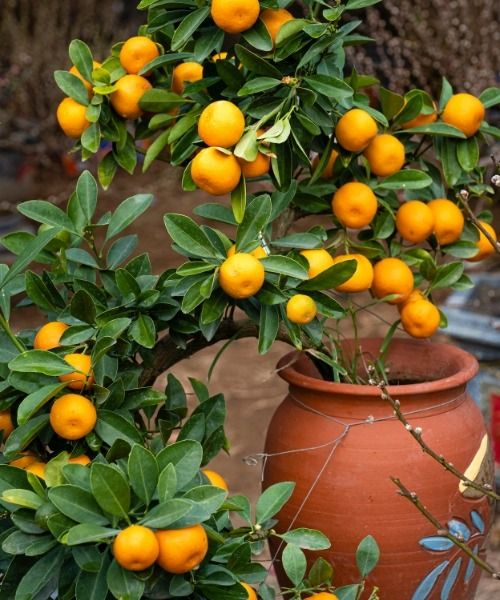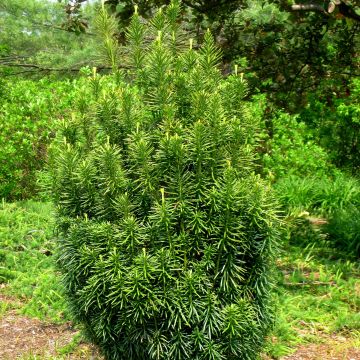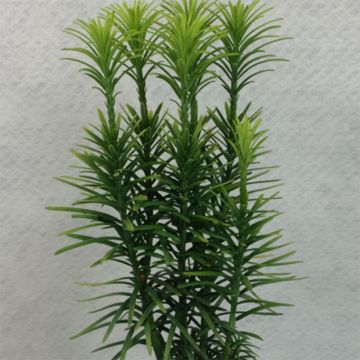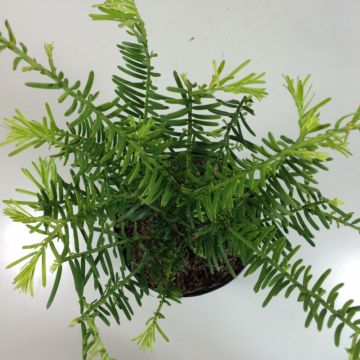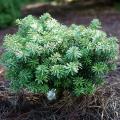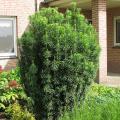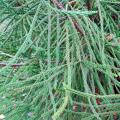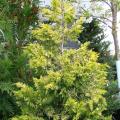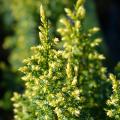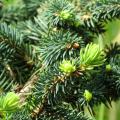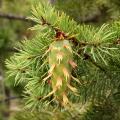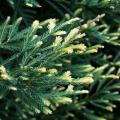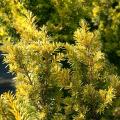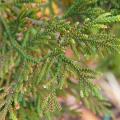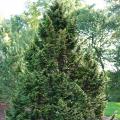Cephalotaxus
Would this plant suit my garden? Set up your Plantfit profile →
Available in 2 sizes
Available in 1 sizes
Available in 1 sizes
Cephalotaxus, also known as plum yews, are named for their resemblance to Taxus, or yews commonly planted in gardens. They belong to the Cephalotaxaceae family and are generally native to East Asia, with a cool, humid climate and little exposure to the burning rays of the sun and strong winds. Most do not exceed 3 to 5 metres (10 to 16 feet) in height and produce branches from the base, covered with tough, dark leaves that are longer than those of yews. Some female plants produce abundant clusters of fleshy fruits resembling small plums.
These small trees or bushes thrive in light, non-limestone soils that retain moisture. They are ideal plants for creating a backdrop at the rear of a flowerbed or for planting in groups of 3 to welcome visitors at the entrance of a garden or house.
Haven't found what you were looking for?

































